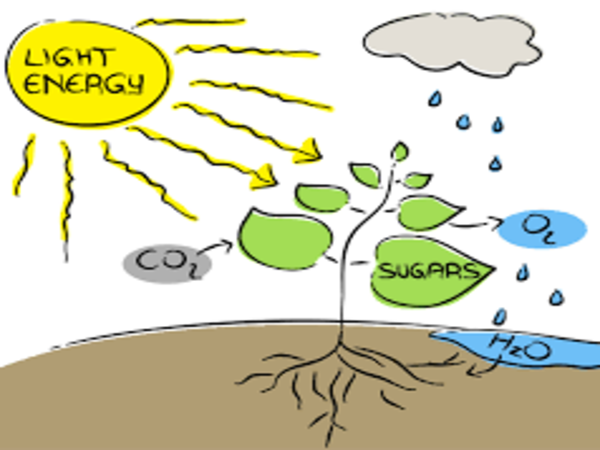Sugar, specifically glucose, is used by plants as a source of energy to fuel various metabolic processes, including root development and growth. A basic molecular mechanism within plants controls the formation of new lateral roots in addition to sugar reallocation.
It is based on the activity of a specific factor, the target of rapamycin (TOR) protein, according to an international team of plant biologists. According to Prof. Dr. Alexis Maizel of Heidelberg University’s Centre for Organismal Studies, a better understanding of the processes that regulate root branching at the molecular level could help improve plant growth and thus crop yields.
Good root growth ensures that plants can absorb and grow enough nutrients, contributing to their overall fitness. To do so, they must coordinate the resources available from metabolic processes with their genetic development programs. Plants use photosynthesis to convert carbon dioxide (CO2) from the atmosphere into simple sugars. These simple sugars, in the form of fructose and glucose, are also allocated in the roots, where they drive plant growth and development.
TOR assumes a kind of gatekeeper role; when the plant activates the genetic growth programme responsible for root formation via the hormone auxin, TOR checks whether there are sufficient sugar resources available for this process.
Prof. Maizel
Prof. Maizel’s team studied how this process occurs at the molecular level using Arabidopsis thaliana, a model plant in plant research. Their research focuses on the role of glucose in the formation of lateral roots. “We know that, in addition to plant hormones, sugar from the shoot is allocated in the roots, but we don’t know how the plant recognizes that sugar resources are available for forming lateral roots,” explains Dr. Michael Stitz, a researcher on Alexis Maizel’s team.
Arabidopsis forms lateral roots only when glucose breaks down and carbohydrates are consumed in the pericycle, which is the outermost cell layer of the main root cylinder. The target of rapamycin protein regulates this process at the molecular level. This factor regulates critical signal networks and metabolic processes in plants, animals, and humans. The interaction of growth factors such as the plant hormone auxin and nutrients such as sugar governs its activity.

Using Arabidopsis, the researchers discovered that TOR becomes active in the pericycle cells only when sugar is present there. So-called founder cells then form the lateral roots through cell division. Prof. Maizel: “TOR assumes a kind of gatekeeper role; when the plant activates the genetic growth programme responsible for root formation via the hormone auxin, TOR checks whether there are sufficient sugar resources available for this process.”
TOR regulates the translation of specific auxin-dependent genes, preventing their expression if there are insufficient sugar resources. No lateral roots were formed when the researchers inhibited TOR activity. “That suggests a fundamental molecular mechanism is involved,” the Heidelberg plant biologist says.
At the same time, the researchers demonstrated that TOR controls the formation of roots from other plant tissues (adventitious roots) via a similar mechanism. According to Prof. Maizel, the findings of their research could be useful in agricultural applications. “They could potentially be used to develop new plant growth strategies optimized for various environmental conditions and higher crop yields,” says the researcher.
















